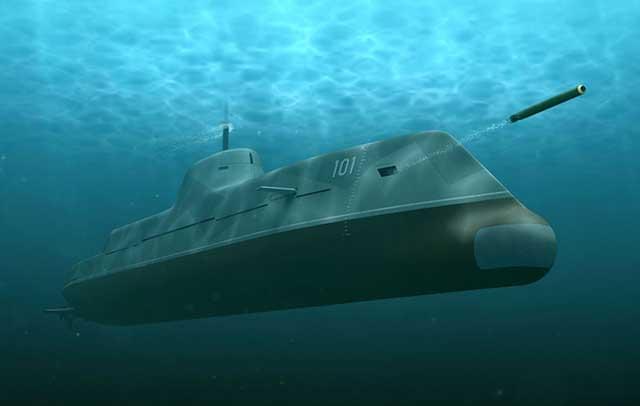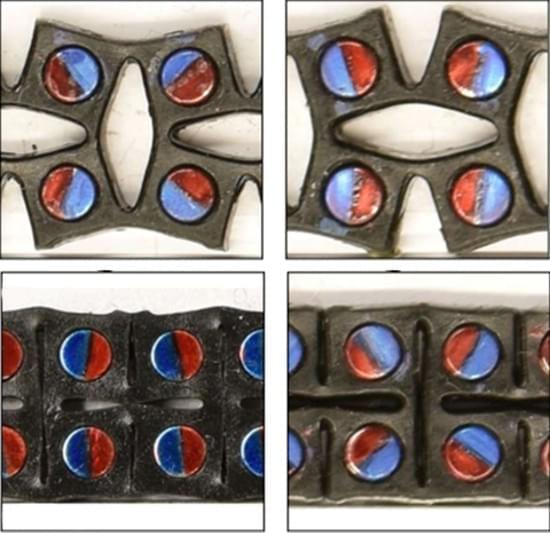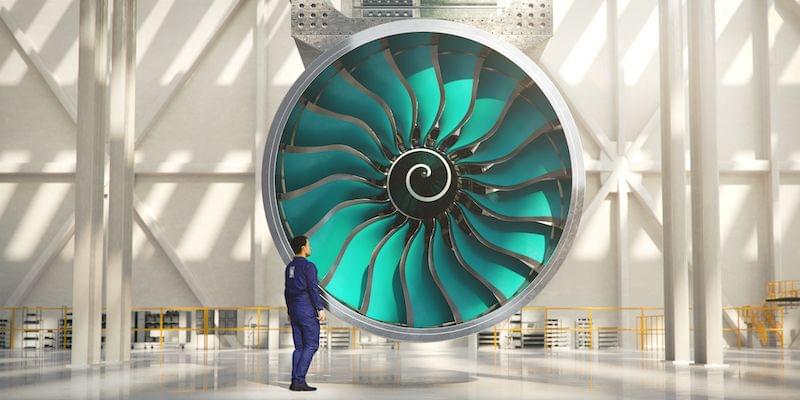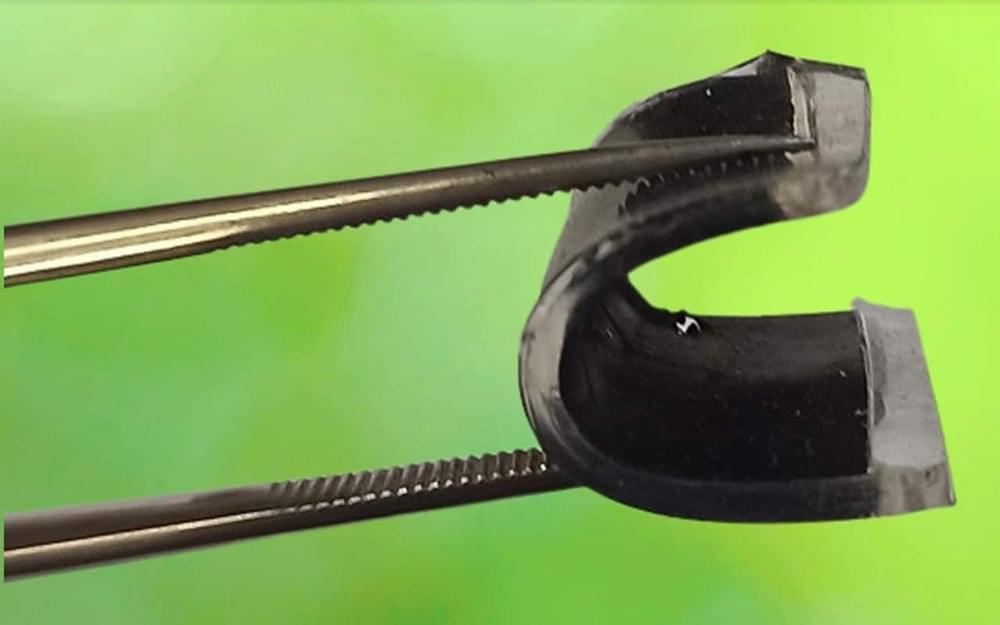In the quest for the perfect battery, scientists have two primary goals: create a device that can store a great deal of energy and do it safely. Many batteries contain liquid electrolytes, which are potentially flammable.
As a result, solid-state lithium-ion batteries, which consist of entirely solid components, have become increasingly attractive to scientists because they offer an enticing combination of higher safety and increased energy density—which is how much energy the battery can store for a given volume.
Researchers from the University of Waterloo, Canada, who are members of the Joint Center for Energy Storage Research (JCESR), headquartered at the U.S. Department of Energy’s (DOE) Argonne National Laboratory, have discovered a new solid electrolyte that offers several important advantages.







